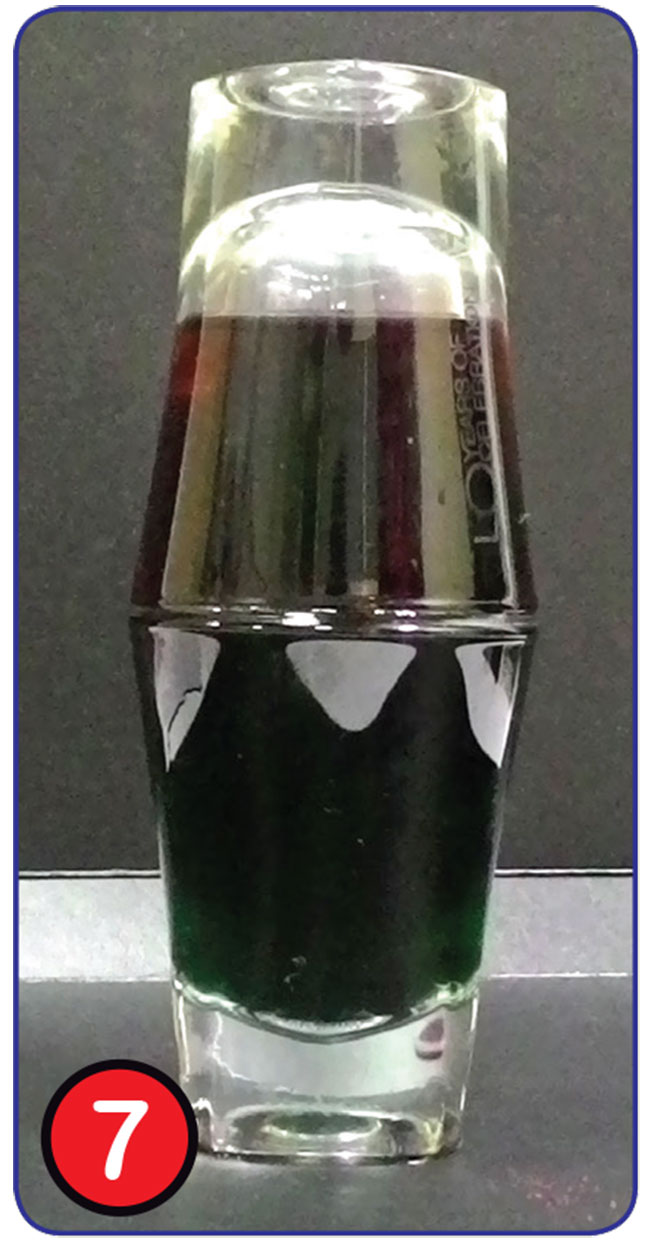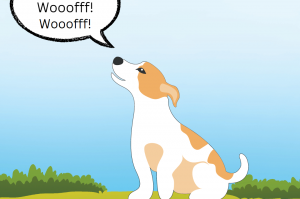Stuff:
• Two identical glasses,
• Hot and cold water,
• Food colours,
• Small sheet of plastic or thick paper cards

Do:
Fill both glasses to the brim with cold water.

Add red food colour in one and green in the other.

Cover the glass with red water with a plastic sheet. It should completely cover the opening of the glass.

While pressing down along the rim of the glass, quickly turn it upside down. The plastic sheet will hold the water in place.

Place the upside-down red water glass over the green water glass. The rims of both the glasses should align perfectly.

Now slowly pull the plastic sheet out.

You will see the two colours mixing with each other.

Now repeat the experiment, but this time fill one glass with hot water (red) under adult supervision, and the other with cold water (green). Repeat steps 2-6 and see what happens.

SEE:
Even though the plastic sheet is pulled out from between the glasses, the two colours do not mix. The red water stays on top, while the green water stays at the bottom.

Think About
Why didn’t the coloured water mix with each other the second time?
When water is heated, the water particles (molecules) start moving around faster. They bounce off each other and move further apart, creating more distance between them. Because there is more distance between the particles (molecules), there are less of them in a given volume of water, as compared to particles (molecules) of cold water in the same amount of water. This makes hot water less dense or lighter than cold water.
So, when you put the hot, red-coloured water glass on top of the cold, greencoloured water glass, the colours did not mix because the hot water, being lighter,stayed on top and the denser cold water stayed at the bottom.
Let’s Find out
How do water heaters work?

The water heaters installed in our bathrooms work on the same principle as our experiment. Inside a water heater, the cold water comes in through a pipe connected to the bottom of the heater. As water keeps flowing inside, the heating coil inside heats the water. The water that is heated up moves to the top of the heater as it becomes less dense while the denser cold water stays at the bottom till it heats up too. At the top of the water heater, there is another pipe connecting to the taps and shower through which the hot water comes out.














COMMENT